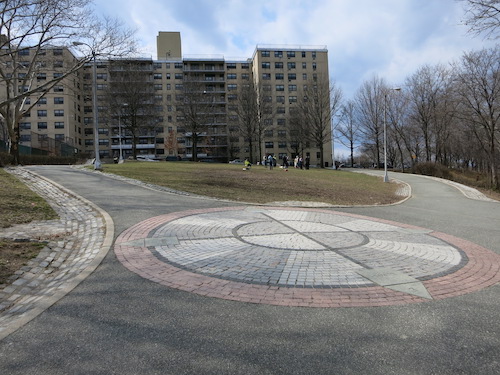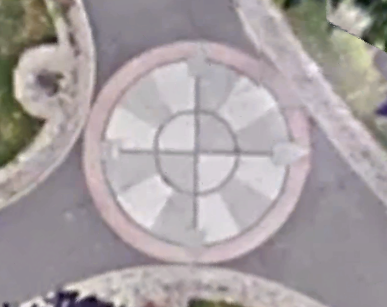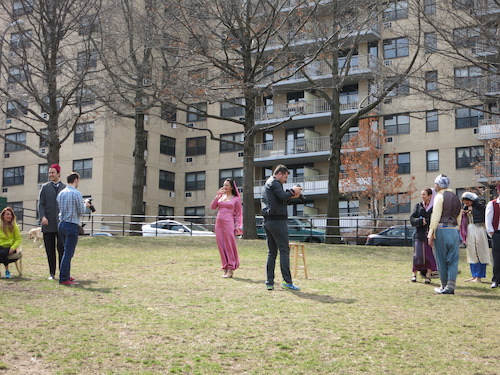As we drove along 147th Avenue from Springfield Park to Brookville Park, an eagle-eyed member of our party spotted something remarkable and completely unexpected on the south side of the street, in the wild trees over Simonson's Creek, which runs through Brookville Park and under the road.
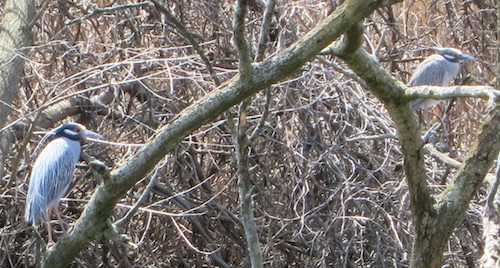
That's right – herons.
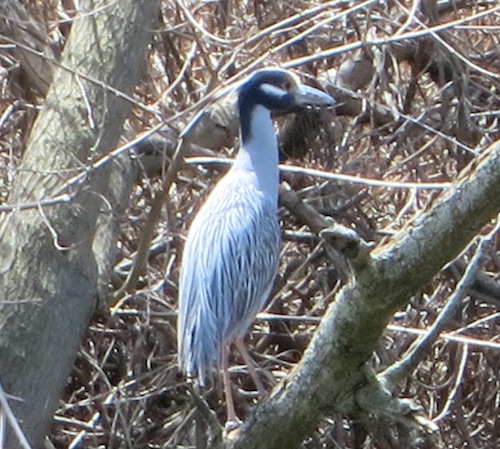
Yellow-crowned night herons, to be exact.
And we weren't even in the park yet. So, leaving the car at a small dirt parking area off 147th Avenue at the southern edge of the park proper, we ambled north along Conselyea's Pond, a large widening of Simonson's Creek and the centerpiece of 90-acre Brookville Park.
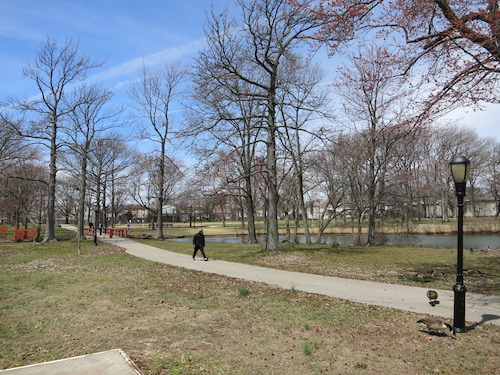
Lots of birds find this peaceful pond a comfortable place to be birds. It was a long way away, but I think this one's an egret:
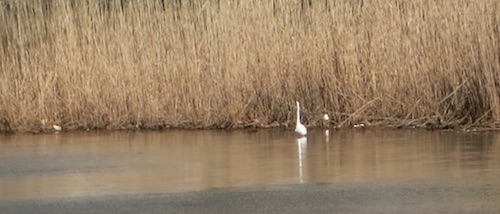
Red-winged blackbirds darted around the pond, mostly too quick to capture on camera, so all I have is this blurry shot.
I also got a shot of an interesting bird from a distance. The blurry photo (below left) makes it a little hard to identify, at least for an avian ignoramus such as yours truly. Flipping through Stokes gives me one suggestion: could it be an American redstart?
It's a good thing Brookville Park presents pretty vistas and so much wildlife, because in terms of historical interest, or even information, there's precious little. Forgotten-NY notes that a trail that goes diagonally through the park marks "the path of the Cedarhurst Cutoff, a short-lived railroad spur that was abandoned in 1934."
Also, these creeks and ponds once helped supply Brooklyn with drinking water.
The area figures in the history of the "forgotten community" of Foster's Meadow. While I haven't tracked down the origin of the name "Conselyea's Pond," I did discover in the Foster's Meadow Chronicles that in 1858 "William Conselyea, 8 years old, while playing around his Foster's Meadow home, fell and was pierced six inches into the abdomen by a fence picket. After several days, lockjaw set in and he died on June 28th."
Killed by a picket fence, symbol of the American Dream. How ironic.
Below: some geese, ducks, a swan.
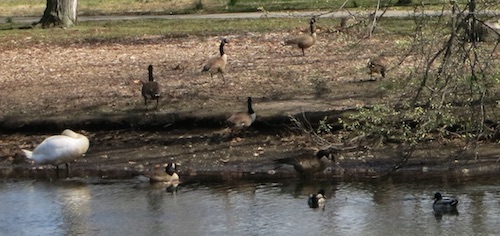
And again: yellow-crowned night herons. More and more of them. Herons in the scrubby trees over the water. Herons in the tall trees by the edge of the water. Herons. And more herons.

Lest you think these herons are just migrating through, here's one that's pretty clearly nesting.
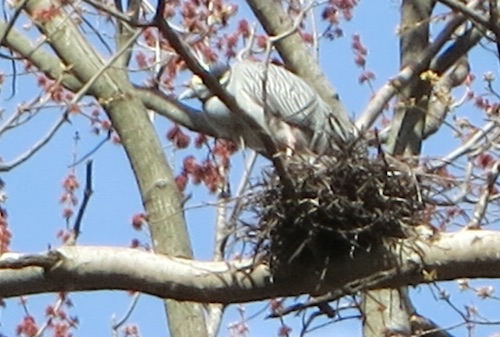
A rare New York City sight: a raccoon hanging out in a tree in broad daylight. Brian took this great shot through his telephoto lens.
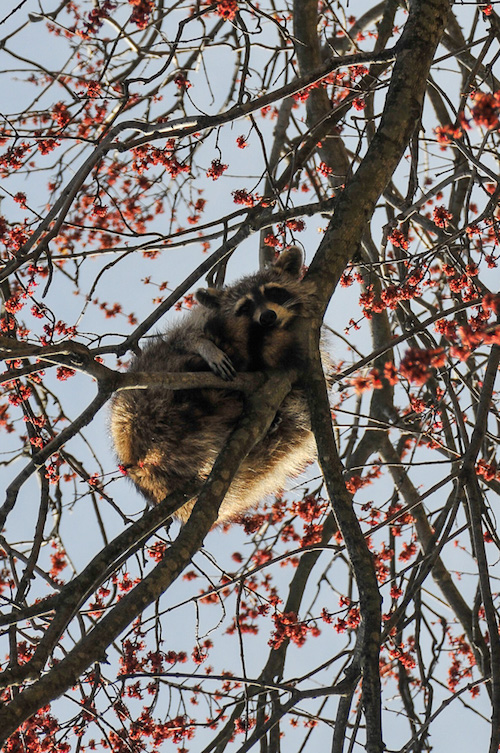
Photo by Brian Luster. All rights reserved.
The pond is clear and peaceful at its south end.
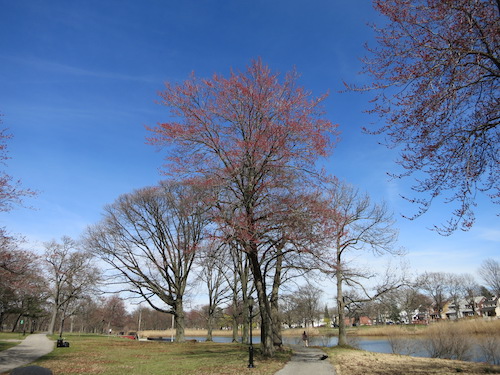
Further north, tough-looking tangles line its edge.
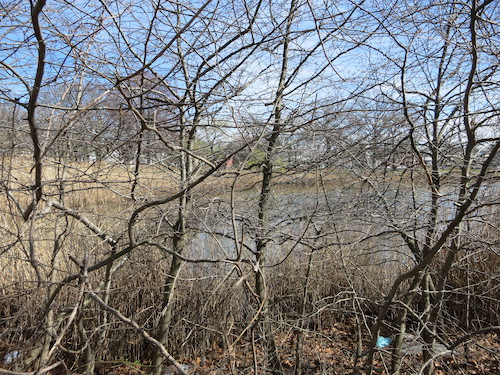
From a little bridge over the pond, I watched a turtle do some flips.

Tennis courts mark the midpoint of the park. Further north, the creek opens up into another pond, which I hope to get to on another excursion. I have many parks yet to visit in Queens.
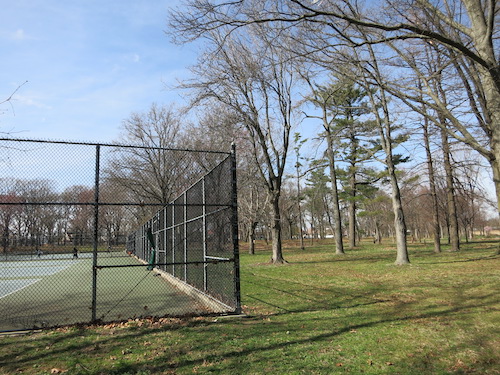
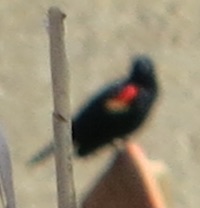
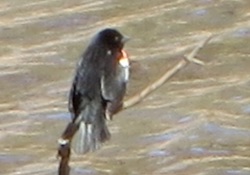
 If you've ever flown into or out of JFK International, you may have noticed green and watery areas right by the airport. I sure have. But I never knew what they were.
If you've ever flown into or out of JFK International, you may have noticed green and watery areas right by the airport. I sure have. But I never knew what they were.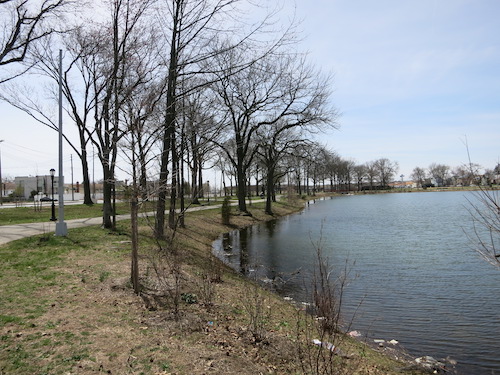
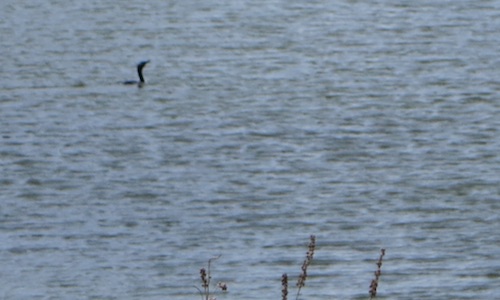

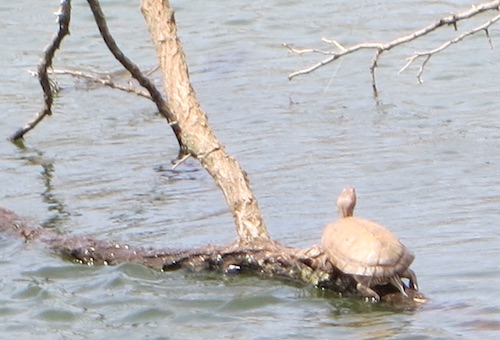
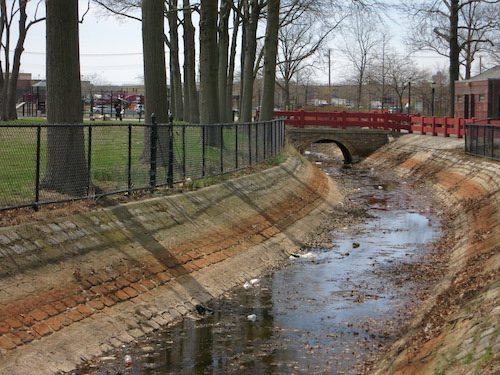
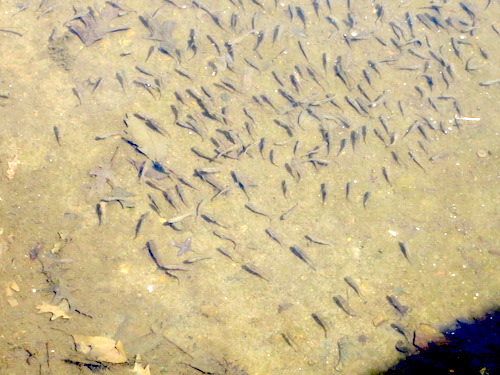
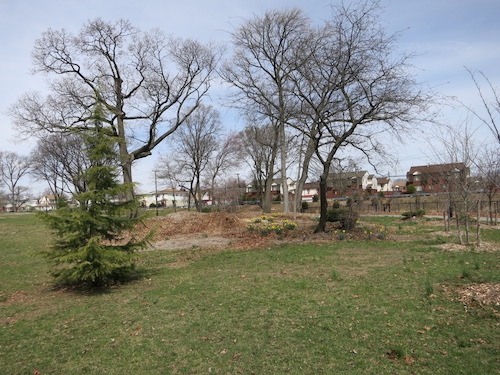
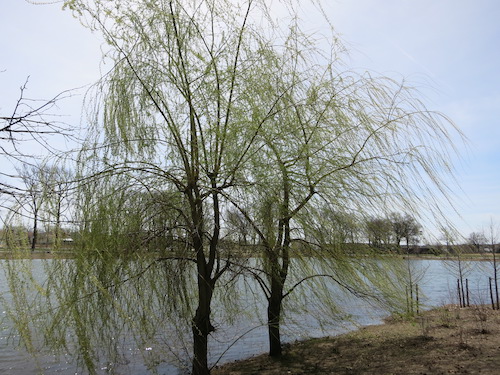
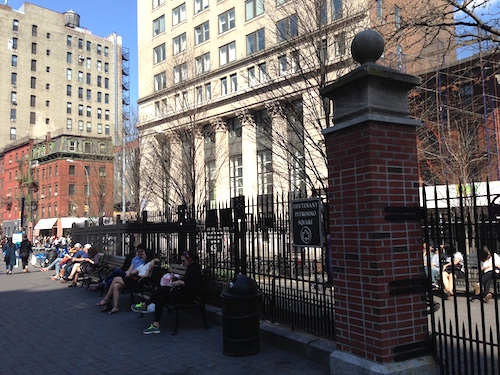
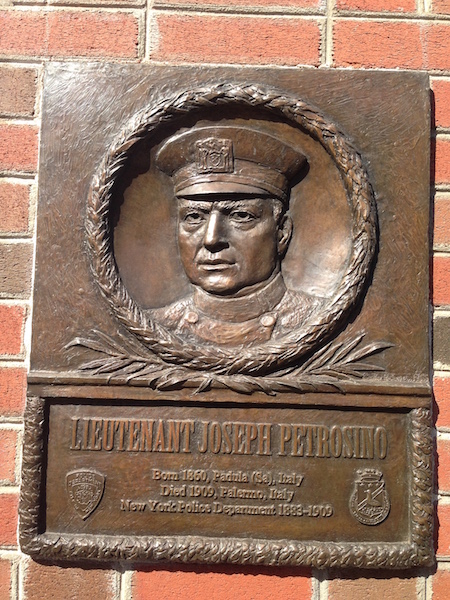
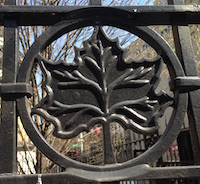 In 1895 Theodore Roosevelt, then president of the Police Commission board (precursor to today's sole "Commissioner"), promoted Petrosino to sergeant of detectives.
In 1895 Theodore Roosevelt, then president of the Police Commission board (precursor to today's sole "Commissioner"), promoted Petrosino to sergeant of detectives.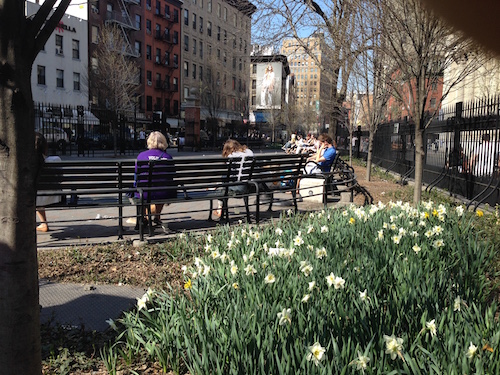
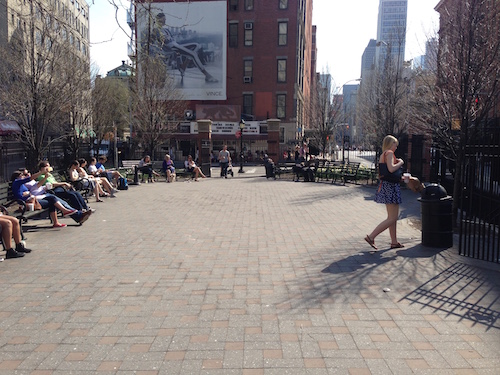
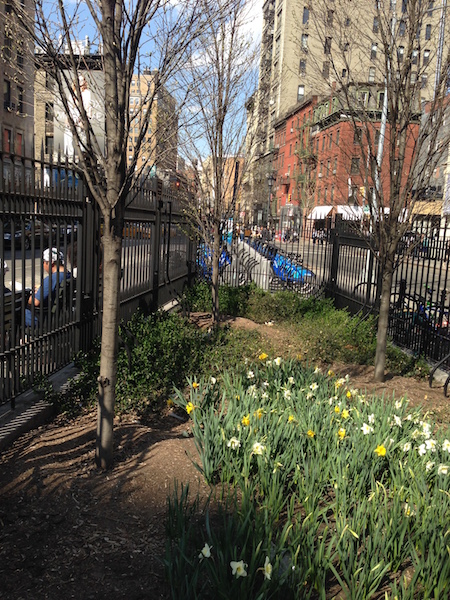
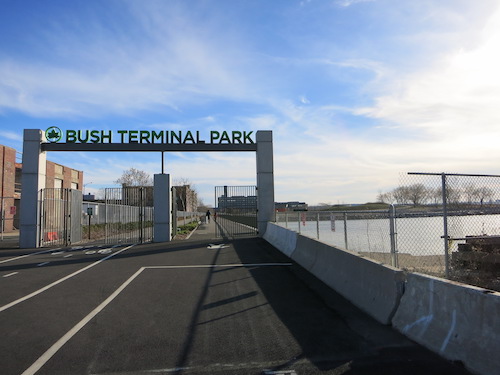
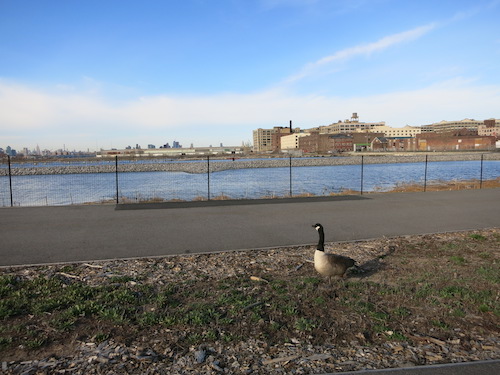
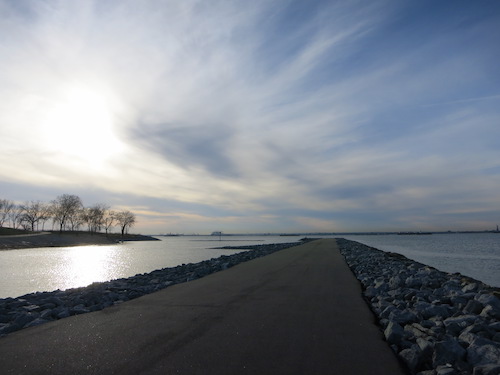
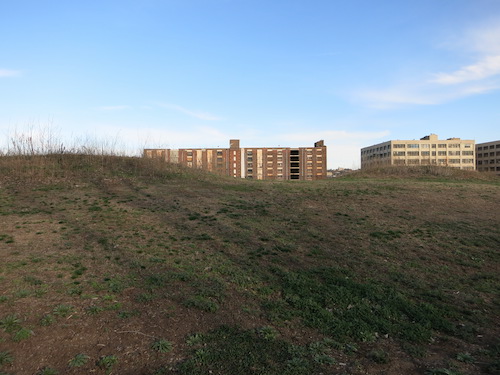
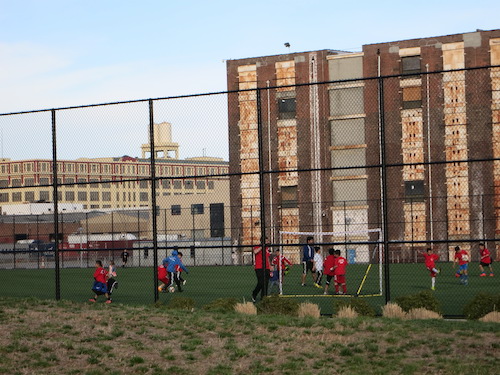

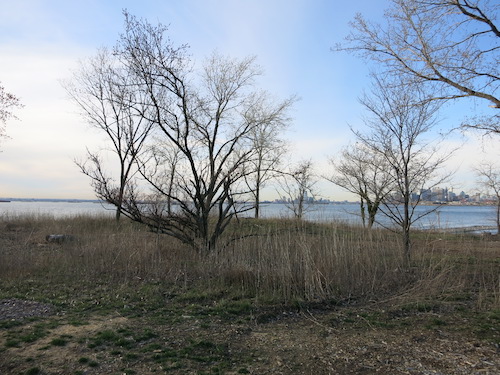
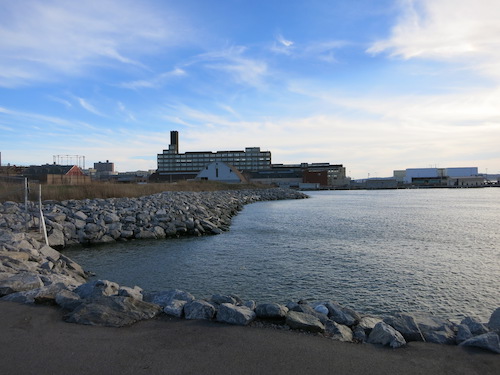

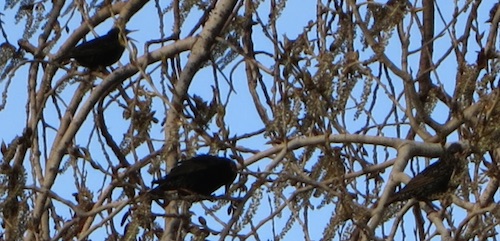
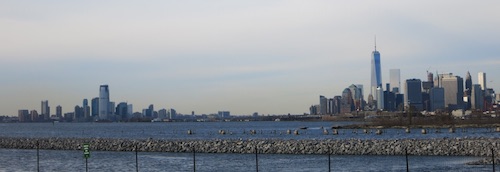
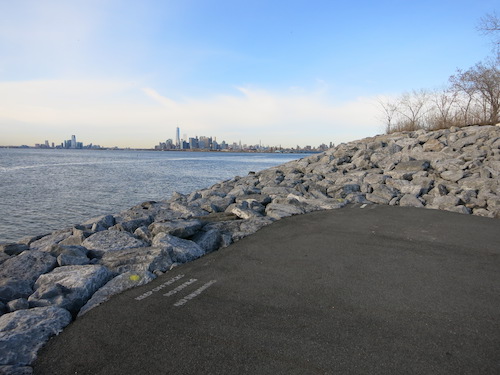
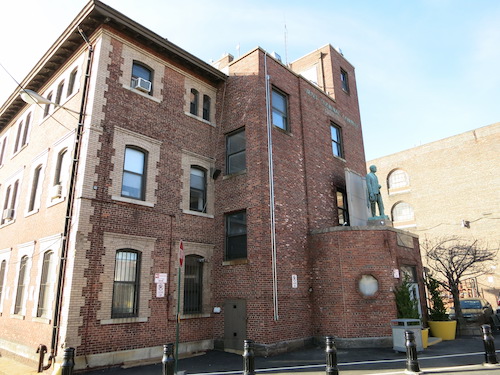
 I gather from the
I gather from the 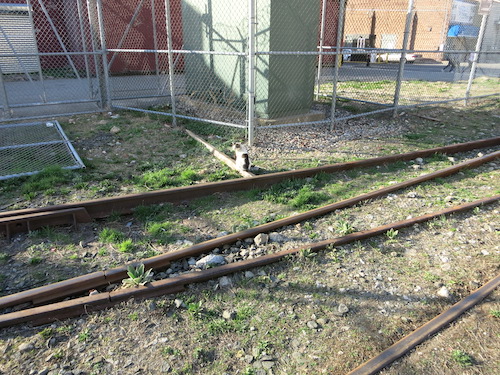
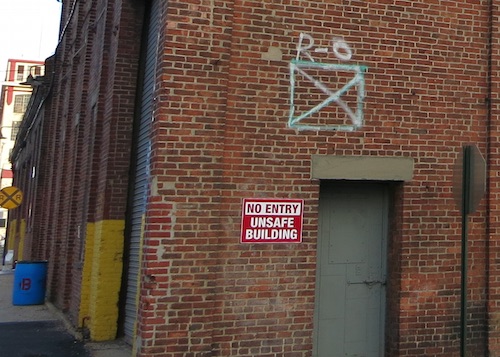
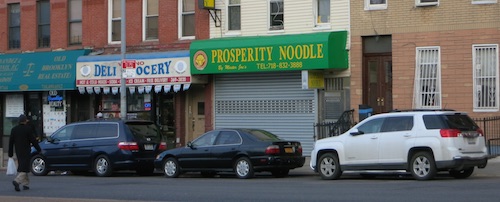
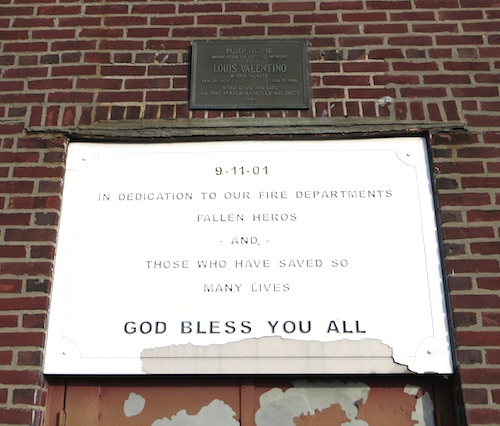
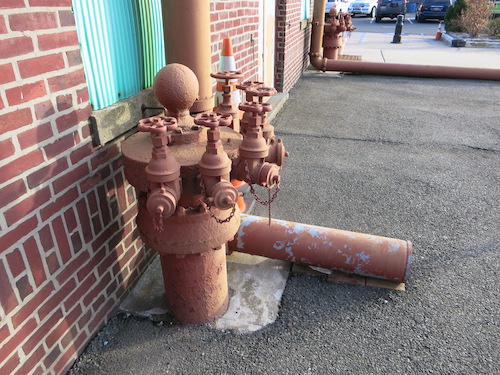
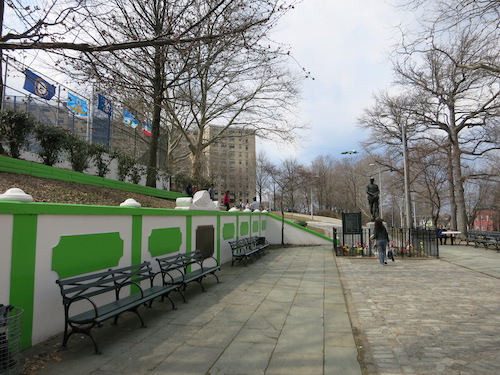
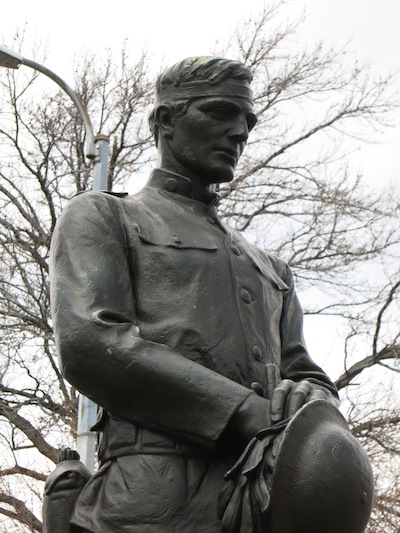
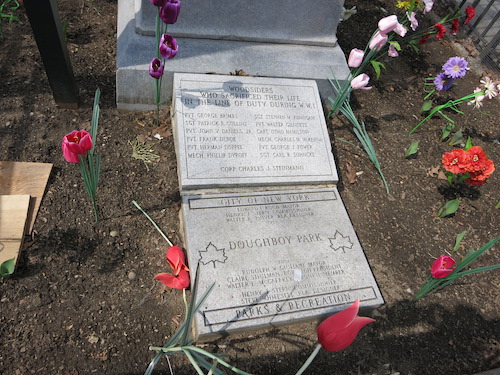
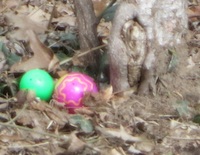 That doesn’t keep kids out, though, especially for an Easter egg hunt on Easter Sunday.
That doesn’t keep kids out, though, especially for an Easter egg hunt on Easter Sunday.